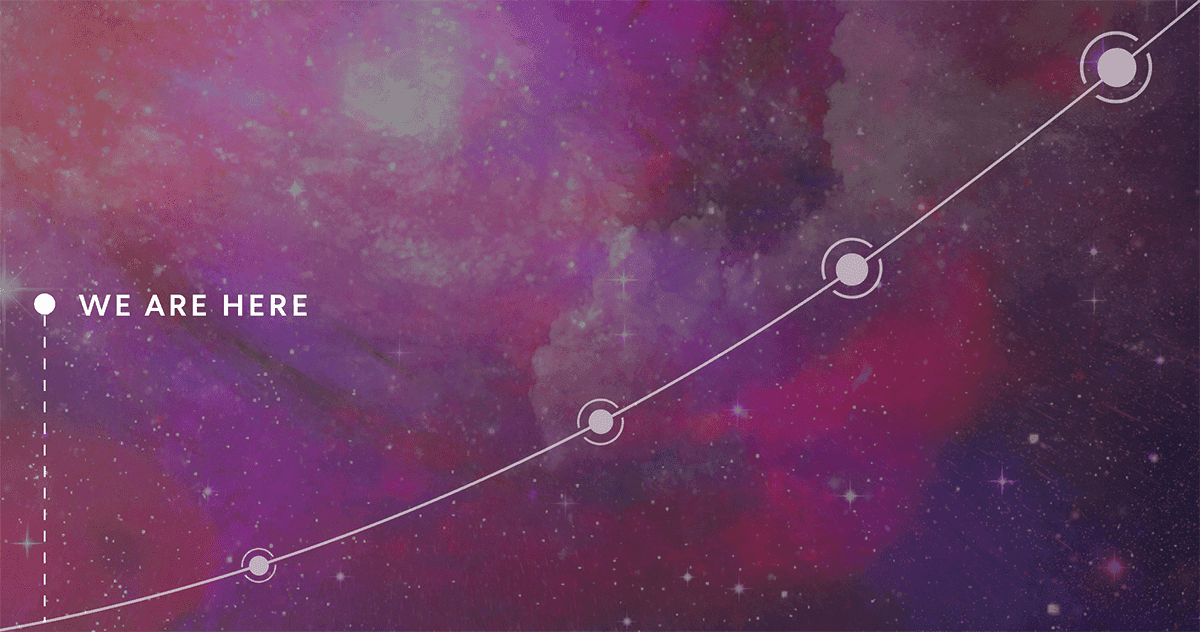What do billions of stars have in common with your DNA?

What links the celestial objects we call stars with your DNA? The potential for discovery!
Many of us grew up wanting to be astronauts. Who wouldn’t want to soar through the vastness of space on a rocket? But unless you’ve had the good fortune of being chosen by NASA or another space program to train (sometimes for years) beforehand, the final frontier is simply beyond reach.
This will change. It’s already changing. Multiple companies around the world are hard at work at bringing space within reach of everyone. I believe that one day, going to Earth orbit—or the Moon, or Mars—will be as normal as boarding an airliner is today.
Stardust and DNA
Elements like hydrogen, nitrogen, carbon, phosphorus, and oxygen are all formed in the bellies of stars. These same elements combine to form molecules like adenine, guanine, thymine, and cytosine (the nucleotides in our DNA). In this way, our DNA is made of stardust.
Recently it was announced that scientists managed to pinpoint the exact location and trajectory of nearly 1.3 billion stars in our galaxy. With this information, it’s expected that we’ll gain a better understanding of our cosmic history and further light the way to our cosmic future. It reminded me of the sense of wonder I’d experienced when I first heard that the human genome had been mapped. What discoveries will be made? What new questions revealed? My childhood dreams of space travel haven’t worked out (in part because I get carsick) and instead I became a genetic counselor. At first glance, genomics is about as far from space travel as you could imagine two careers to be. But when you look closer, you realize that they’re incredibly similar.
Though it’s physically small, the human genome is vast in its own way. There are nearly 3.2 billion base pairs which code for more than 20,000 different genes. All of this information is packed into the confines of a cell which, itself, is microscopic. This genetic universe is complex, impossibly tiny, challenging to study, and—unlike our galaxy or solar system—everyone has their own unique version of a genome.
Working to decode the “galaxy” inside each of us continues apace. After decades of work and innovation, scientists managed to sequence the entire human genome, and are currently trying to understand what each of the roughly 20,000 genes do. We’ve learned that a person’s DNA may influence many aspects of their life—everything from their ability to metabolize caffeine to their predisposition for various diseases. Research and technology have advanced so far that it’s now possible for almost anyone to explore their DNA and use it to gain insights about their lives.
Like the stars that speckle the night sky, DNA once seemed unreachable. But that’s no longer the case. Through DNA sequencing, you can be the equivalent of a molecular astronaut by exploring the microscopic world of DNA. Perhaps one day we’ll see space travel become this easy, but until then, there’s a whole world inside you that’s waiting to be explored.

Ready to start exploring? Get started here!